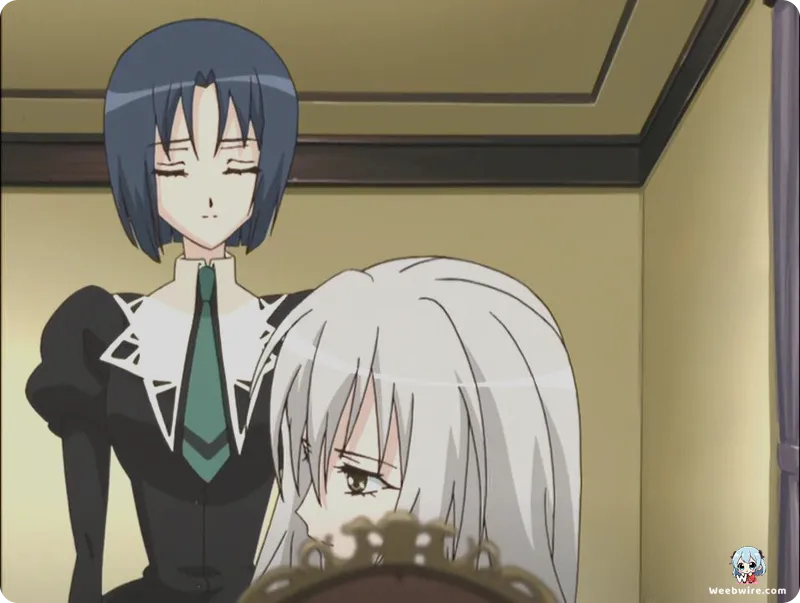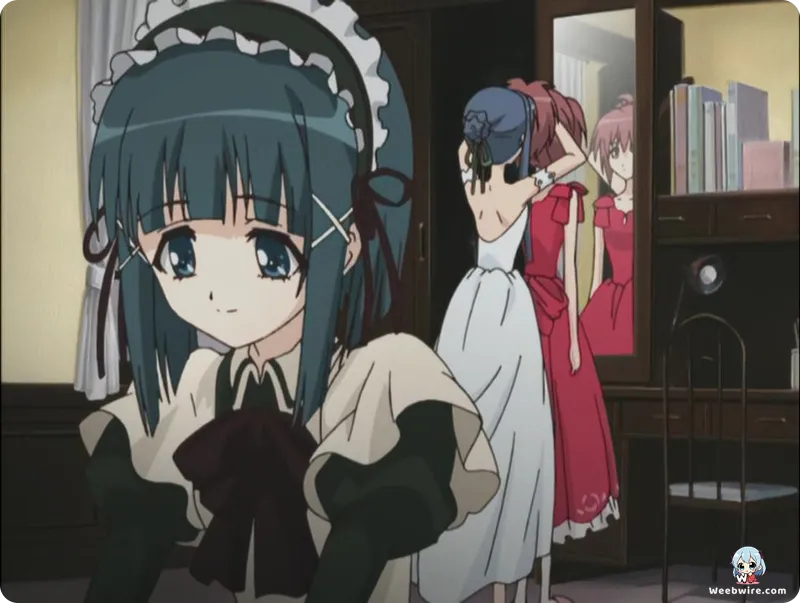The Hidden History of Astraea Hill: Why *Strawberry Panic!* Was a Shocking Departure for Studio MADHOUSE

Few series are as foundational to the Girls' Love (Yuri) genre as the 2006 anime adaptation of Strawberry Panic!. This perennial favorite remains a crucial cornerstone of the genre. While audiences appreciate the delicate romance and intricate character dynamics set within the confines of the elite Astraea Hill, the series' production history contains fascinating, often overlooked details that underscore its unique position in anime history.
The genesis of Strawberry Panic! was unconventional. Unlike standard adaptations derived from existing manga or completed light novels, this narrative began as an innovative multimedia initiative serialized in ASCII Media Works’ Dengeki G's Magazine. It was not primarily text-driven; rather, it functioned as a collaborative project featuring detailed character art, textual vignettes, and essential reader input gathered through polls. This unique, staggered development allowed the community to engage deeply with the characters and the Astraea Hill setting well before Sakurako Kimino penned the definitive light novel series, which was illustrated by Toshiaki Kawanami and ultimately served as the blueprint for the 26-episode anime. This early fan investment proved instrumental in securing the show's immediate popularity upon its debut.
The Unexpected Studio: MADHOUSE
Perhaps the most surprising element of the production is the identity of the animation powerhouse behind it: MADHOUSE. Globally renowned for intense, gritty fare, including titles like Death Note, Hunter x Hunter, and Satoshi Kon's psychological masterpieces, MADHOUSE's decision to undertake a sprawling, 26-episode series dedicated entirely to gentle drama, pure romance, and female relationships marked a notable strategic pivot. This commitment demonstrated the studio's profound versatility, successfully translating their signature visual polish and technical excellence to the subtle emotional landscape of Astraea Hill. The fluid animation capturing complex expressions and the lush, detailed environments make Strawberry Panic! a striking, stylistic outlier in their otherwise action-heavy catalog.

Astraea Hill: A Marvel of Narrative Architecture
The setting itself, Astraea Hill, is a marvel of narrative architecture, housing three distinct academies: the traditional and elegant St. Miator’s Girls’ Academy; the modern, athletic St. Spica’s Girls’ Institute; and the free-spirited St. Lulim’s Girls’ School. These schools, linked by the Strawberry Dormitory and the highly competitive Etoile system which crowns the representative star of all three, are not mere backdrops. They function as socio-political entities providing rich friction and high stakes for protagonist Aoi Nagisa as she navigates new relationships and the campus’s complex traditions. Even the name Astraea Hill is steeped in classical lore, referencing the Greek goddess Astraea, who symbolized purity before ascending to the heavens as the constellation Virgo. This serves as a fitting metaphor for the campus's high ideals.
Adding another layer of depth, Nagisa Aoi, famously clumsy and prone to dramatic fainting, is voiced by the inimitable Mamiko Noto. Her soft, ethereal tone provides a compelling contrast to the character's physical comedy, significantly enhancing the emotional resonance of her journey. The enduring legacy of Strawberry Panic! is securely founded on this meticulous attention to detail, from its unusual origins to its symbolic world-building and surprising studio pedigree.
Credits
Strawberry Panic!
Author
Sakurako Kimino (Light Novel)
Cover Art
Toshiaki Kawanami
Studio
MADHOUSE
Publisher
ASCII Media Works (Dengeki Bunko)
Producers





